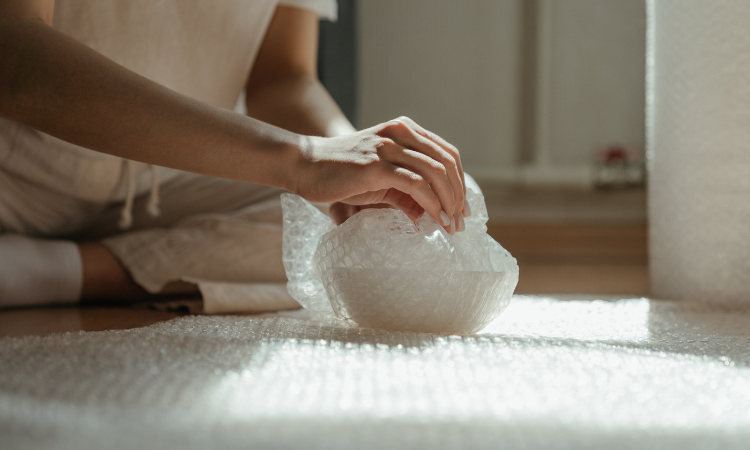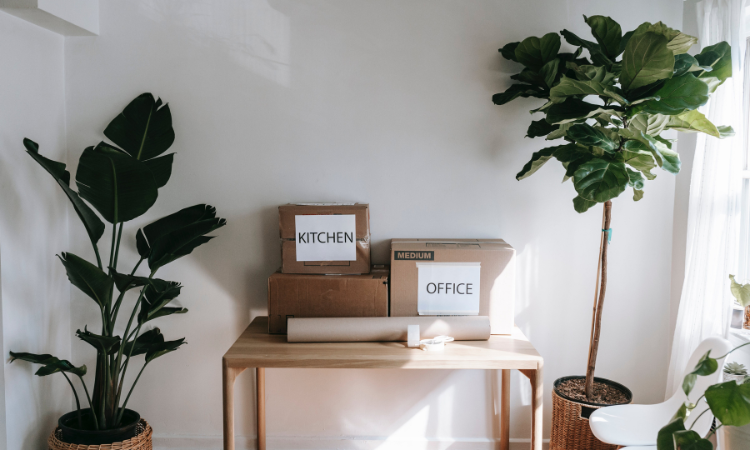Embarking on a new journey, whether it’s moving to a new home or relocating to a different city, can be both exciting and overwhelming. One of the key aspects of a successful move is efficient packing and unpacking. In this comprehensive guide, My Moving Cost Team will delve into expert tips on packing fragile items, clothing, furniture, and electronics, ensuring a smooth transition to your new life.

Read more: PACKING UP BOXES WHILE MOVING: WHAT TO PACK IN WHAT SIZE OF BOX WHILE MOVING
Packing Fragile Items: Handle with Care
1. Gather Quality Packing Supplies: To ensure the safety of your delicate items, invest in high-quality packing materials. Bubble wrap, packing paper, sturdy boxes, and packing peanuts are essential tools for safeguarding fragile belongings.
2. Properly Wrap Each Item: Wrap fragile items individually with bubble wrap or packing paper. For items with irregular shapes, consider custom-cutting bubble wrap to provide maximum protection.
3. Label Boxes Clearly: Clearly label boxes containing fragile items with “Fragile” or “Handle with Care.” This helps movers and yourself prioritize these boxes and handle them with the necessary caution.
Packing Clothing: Streamline Your Wardrobe Transition
1. Sort and Declutter: Before packing your clothes, take the opportunity to declutter your wardrobe. Donate or sell items you no longer need to lighten the load.
2. Use Wardrobe Boxes: Keep your clothes on hangers by using wardrobe boxes. These specialized boxes make it easy to transfer clothes directly from your closet to the box, reducing the need for folding and ironing later.
3. Pack Seasonally: Pack clothes based on the season. This way, you can prioritize unpacking the current season’s wardrobe, making the process more manageable.
4. Utilize Vacuum-Sealed Bags: Maximize space and protect clothes from dust and moisture by using vacuum-sealed bags. This is especially handy for bulky items like winter coats and blankets.
Packing Furniture: Disassemble and Protect
1. Take Apart Furniture: Disassemble furniture whenever possible. This not only makes packing more efficient but also reduces the risk of damage during transit.
2. Wrap Furniture Pieces: Use furniture blankets or padding to protect surfaces from scratches and dings. Secure the wrapping with tape to ensure it stays in place during the move.
3. Keep Hardware Organized: Store screws, bolts, and other hardware in labeled bags or containers. Tape these to the furniture piece or keep them in a designated box for easy access during unpacking.

Read more: WHY DO YOU NEED A MOVING ESSENTIALS BAG?
Packing Electronics: Safeguard Your Gadgets
1. Back Up Data: Before packing electronics, back up important data to prevent loss during the move. Use external hard drives or cloud storage for added security.
2. Use Original Packaging: Whenever possible, pack electronics in their original packaging. These boxes are designed to provide the best protection and often come with custom foam inserts.
3. Label Cords and Accessories: Clearly label cords and accessories with the corresponding electronics. This makes it easier to set up your devices in your new home without the hassle of untangling cords.
Efficient Unpacking: Start Your New Chapter on the Right Foot
1. Prioritize Essentials: Begin unpacking with essential items like toiletries, bedding, and kitchen essentials. This ensures that you can comfortably settle into your new home from the first day.
2. Unpack Room by Room: Tackle one room at a time to maintain organization and prevent feeling overwhelmed. Unpacking room by room allows you to focus on creating functional spaces within your new home.
3. Dispose of Packing Materials: As you unpack, break down and dispose of packing materials. This not only clears clutter but also makes it easier to navigate your new space.
4. Set Up Key Areas First: Prioritize setting up key areas such as the kitchen and bedroom. Having these spaces functional early on provides a sense of normalcy amidst the chaos of moving.
A successful move requires good planning and execution, especially when it comes to packing and unpacking. By following these comprehensive guides and expert tips, you can ensure a smooth transition to your new home. From safeguarding fragile items to streamlining your wardrobe and protecting electronics, this guide equips you with the knowledge to make your move a breeze. Remember, patience and organization are your
allies in this exciting journey to a new chapter of your life. Happy moving!


